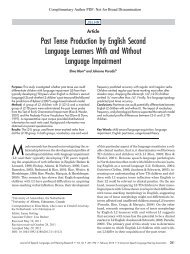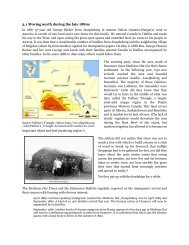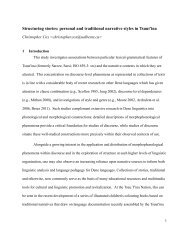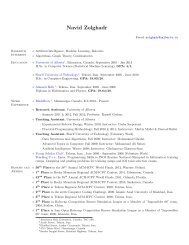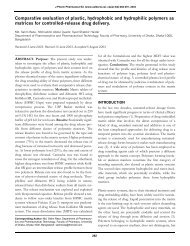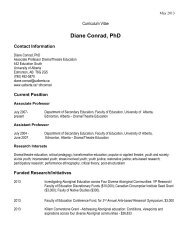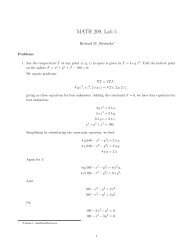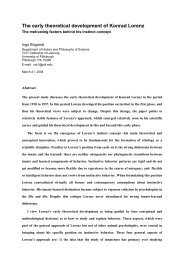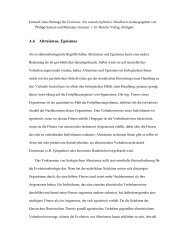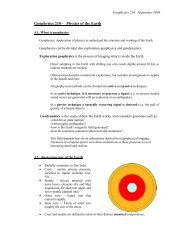Processing of Primary Fischer-Tropsch Products - University of Alberta
Processing of Primary Fischer-Tropsch Products - University of Alberta
Processing of Primary Fischer-Tropsch Products - University of Alberta
Create successful ePaper yourself
Turn your PDF publications into a flip-book with our unique Google optimized e-Paper software.
The optimum olefins yields obtainable from any naphtha depend on the<br />
maximum cracking severity attainable at commercial conditions. This in turn<br />
depends on the chemical composition <strong>of</strong> the naphtha and, up to certain extent, to<br />
the physical configuration <strong>of</strong> the cracker unit. The former is evident in Figs. 11<br />
and 12 which show the ethylene and commercial olefin yields at different<br />
cracking severities for the synthetic and the two petroleum feedstocks.<br />
It is <strong>of</strong> relevance to indicate that while this kind <strong>of</strong> performance was<br />
directionally predictable, it was not fully quantified. Indeed, hydroprocessing has<br />
been previously reported as a crucial pre-treatment stage to improve the<br />
properties <strong>of</strong> FT naphthas for conversion to lower olefins. [86].<br />
Table 14<br />
Research performance comparison <strong>of</strong> the Sasol SPD TM naphtha<br />
Typical Petroleum Typical Petroleum<br />
Light Naphtha Heavy Naphtha<br />
P/Emassratio 0.77 0.68 0.59 0.82 0.74 0.65<br />
Sasol SPD TM Naphtha<br />
523<br />
0.71 0.59 0.50 0.40<br />
Yield (wt %)<br />
Ethylene 24.1 27.0 29.3 19.4 21.9 24.0 26.5 32.3 35.7 37.5<br />
Propylene 18.7 18.4 17.2 16.0 16.1 15.5 18.8 19.1 17.8 15.0<br />
1,3-Butadiene 4.0 4.2 4.4 3.8 4.1 4.3 2.9 3.8 4.2 4.2<br />
Light Olefins 46.7 49.6 50.8 39.2 42.1 43.8 48.2 55.2 57.7 56.7<br />
Other Olefins 8.2 6.9 5.4 8.3 7.3 6.1 9.9 8.4 6.2 4.1<br />
Hydrogen 0.6 0.7 0.8 0.5 0.6 0.7 0.6 0.7 0.8 0.9<br />
Methane 12.8 14.6 16.3 10.9 12.6 14.2 10.2 13.0 14.9 16.2<br />
Other Paraffins 11.8 9.4 7.5 11.8 9.4 7.3 5.1 5.3 4.8 4.4<br />
Alkynes 0.4 0.7 0.9 0.4 0.7 1.0 0.4 0.7 1.1 1.4<br />
C5+ Liquids 19.4 18.1 18.2 28.8 27.2 27.0 25.7 16.9 14.4 16.3<br />
Total <strong>Products</strong> 100 100 100 100 100 100 100 100 100 100<br />
The coking rate for LTFT Naphtha under commercial conditions is<br />
expected to be lower than that <strong>of</strong> conventional feeds, meaning that run lengths in<br />
commercial steam cracking operations using LTFT Naphtha can be expected to<br />
be longer than those expected using conventional naphthas at similar cracking<br />
severities.




